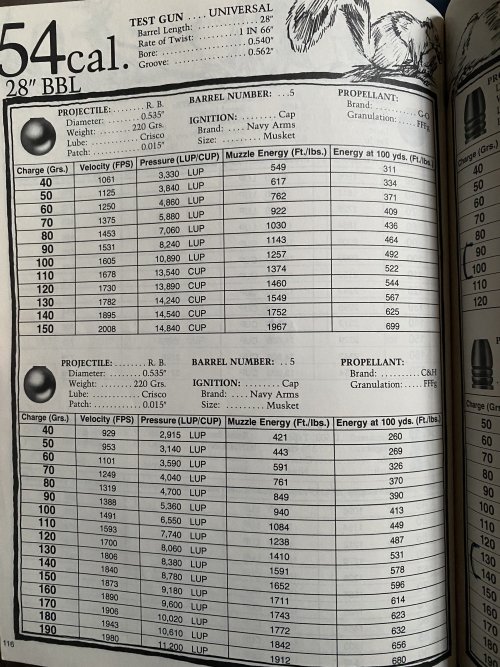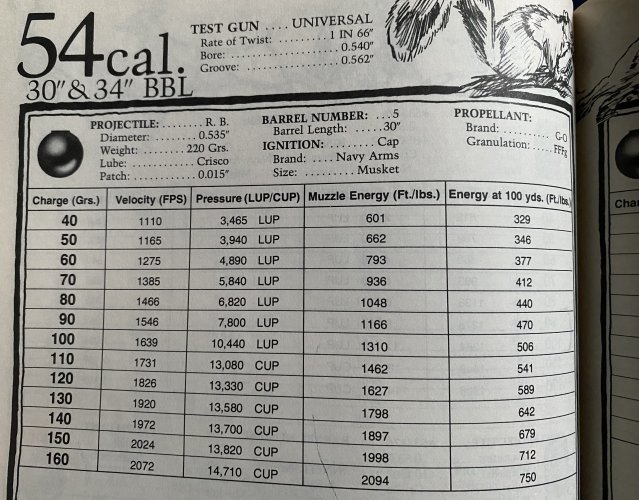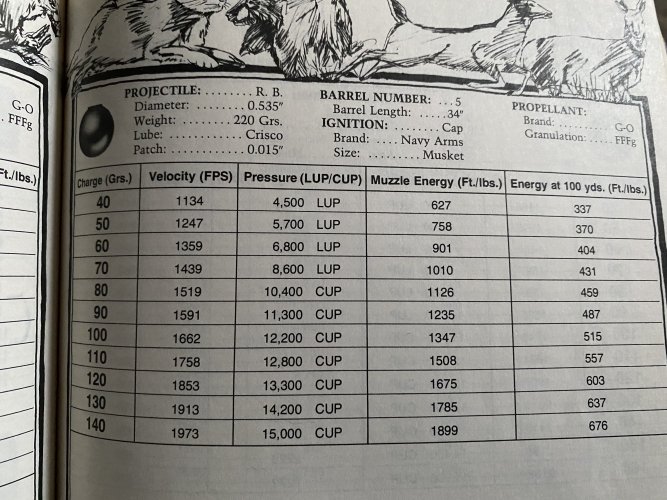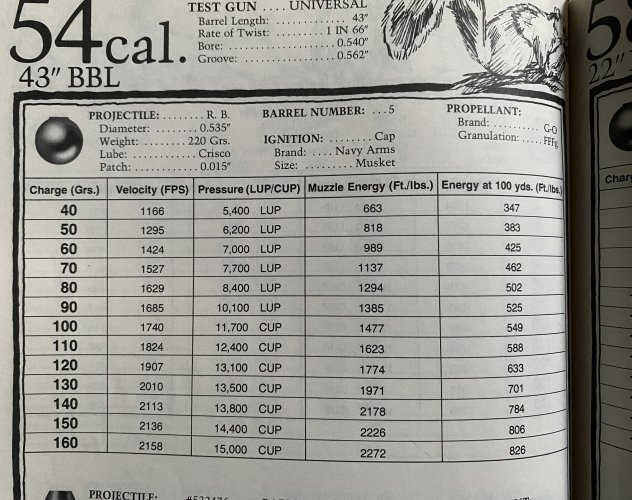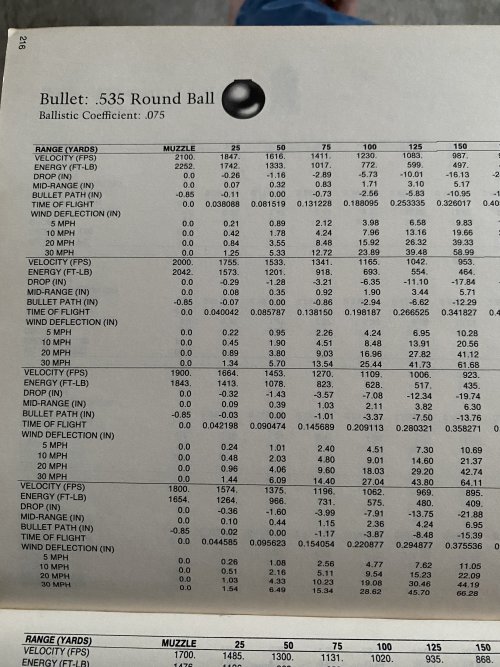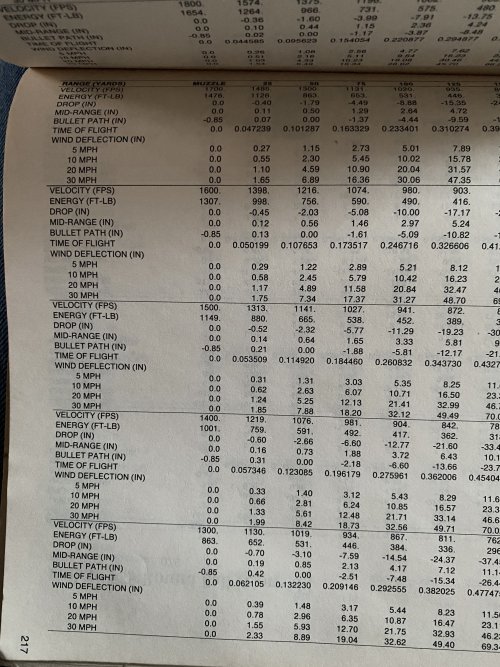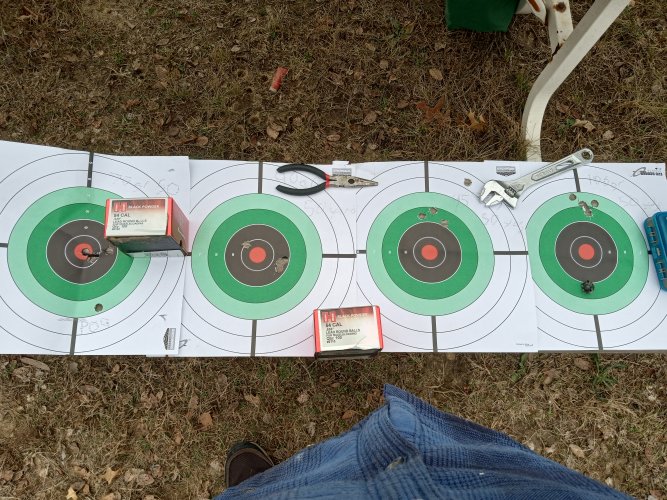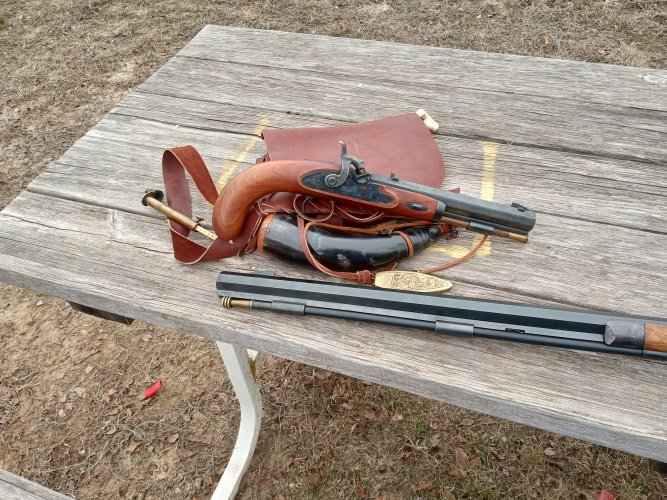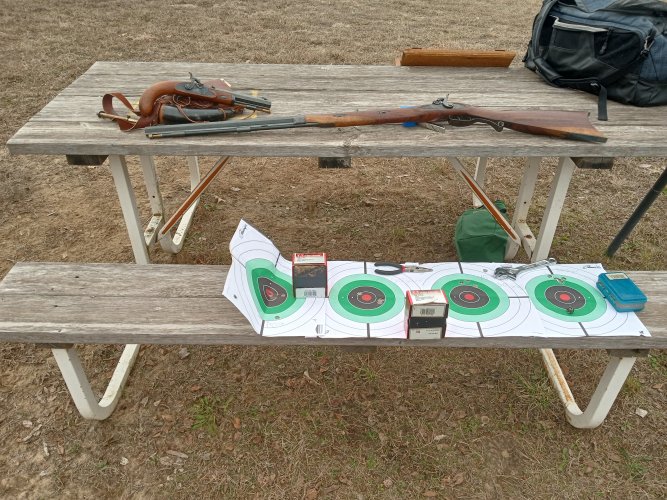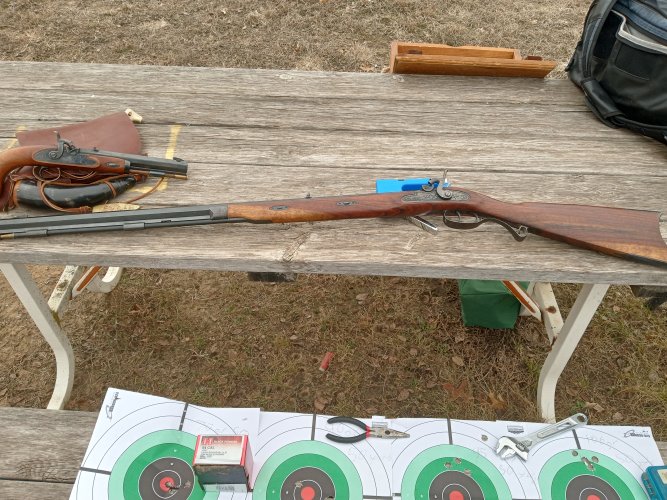Nate Eller
New member
- Joined
- Nov 15, 2020
- Messages
- 14
Hello Hunt talk forum, long time listener first time caller. A friend has offered me a landowner muzzleloader cow tag in New Mexico for fall of 2024. I am very excited and I would like to do it as traditionally as possible. I have a left handed Lyman Great Plains Rifle in .54 that is twisted 1-60. I currently shoot 70grs of 3f behind a .530 ball with a .18 pillow ticking patch for competition and ringing steel. I was wondering if I should consider upping the powder charge, or would 70gr do the job. I feel comfortable with this rifle currently to about 75 yards or so, but with more practice, 100 yards is my goal. Would this load work for me or should I try for more oomph? Any and all replies appreciated.




